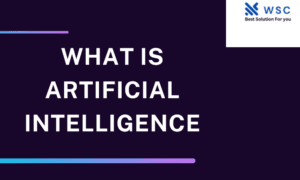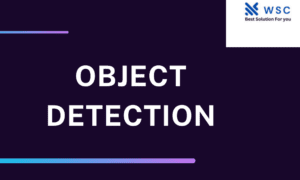Introduction
In the ever-evolving landscape of healthcare, technology plays a pivotal role in enhancing patient care, data security, and overall efficiency. Among the cutting-edge innovations, blockchain technology has emerged as a game-changer. In this post, we’ll explore how blockchain is transforming healthcare, particularly in the realms of Electronic Health Records (EHRs) and data interoperability.
The Power of Blockchain in Healthcare
Blockchain, the distributed ledger technology behind cryptocurrencies like Bitcoin, has proven to be more than just a buzzword. It’s a secure and transparent way to record and share data. In healthcare, this means ensuring the integrity and privacy of patient information.
Blockchain in EHRs:
Electronic Health Records (EHRs) are a digital version of a patient’s medical history. Blockchain technology offers a robust solution for storing EHRs securely and ensuring they are tamper-proof. Each entry in the EHR is time-stamped and linked to the previous one, making it nearly impossible to alter or delete data without detection.
Enhancing Patient Consent
Patient consent is paramount in healthcare, especially when it comes to sharing medical information. Blockchain introduces a novel approach to managing consent through smart contracts.
Smart Contracts:
These self-executing contracts automate the sharing of health data according to predefined rules set by the patient. When a healthcare provider needs access to a patient’s EHR, the smart contract ensures that both parties agree and logs the access securely on the blockchain. Patients have complete control over who can access their data, enhancing privacy and trust.
Advancing Healthcare Data Interoperability
Interoperability is the ability of different healthcare systems to seamlessly exchange and interpret data. Blockchain streamlines this process.
Blockchain for Data Interoperability:
Traditionally, healthcare data is stored in disparate systems that struggle to communicate with each other. Blockchain provides a standardized and secure format for data exchange, eliminating the need for complex, error-prone data translation processes. This ensures that healthcare providers have access to the most up-to-date and accurate patient information, improving the quality of care.
Practice Code:
Here’s a simple Python code snippet to illustrate how blockchain can be used for securely storing patient consent data:
# Importing necessary libraries
import hashlib
# Function to create a patient's consent hash
def create_consent_hash(patient_id, consent_type, timestamp):
data = f"{patient_id}{consent_type}{timestamp}"
return hashlib.sha256(data.encode()).hexdigest()
# Example usage
patient_id = "12345"
consent_type = "Treatment"
timestamp = "2023-09-13 14:30:00"
consent_hash = create_consent_hash(patient_id, consent_type, timestamp)
print(f"Consent Hash: {consent_hash}")
Conclusion:
Blockchain is poised to revolutionize healthcare by ensuring the security and privacy of EHRs, enhancing patient consent management through smart contracts, and improving data interoperability. As the healthcare industry continues to embrace these innovations, patients can look forward to a safer, more efficient, and patient-centric healthcare experience.
Check our tools website Word count
Check our tools website check More tutorial





We are a group of volunteers and opening a
new scheme in our community. Your site provided
us with valuable info to work on. You’ve done a formidable job and our entire community will be thankful to you.
Here is my web site :: is online casino gambling legal in indiana
I have been surfing online more than three hours today, yet I never found any interesting article like yours.
It is pretty worth enough for me. Personally, if all web owners and bloggers made good
content as you did, the internet will be much more useful
than ever before.
Feel free to visit my web blog discuss
I’m not sure where you are getting your information, but
good topic. I needs to spend some time learning much more or understanding more.
Thanks for great info I was looking for this info for my mission.